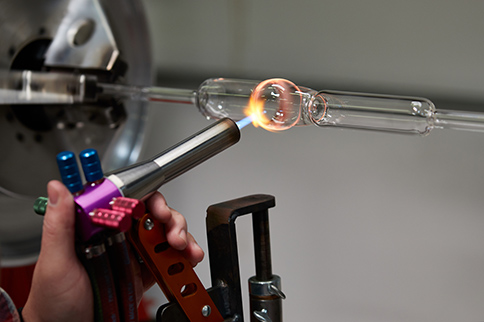

Don't be afraid to tell the shop owner that you're a novice.

HOW TO MAKE A SMOKING PIPE HOW TO
Not only will this give you a broader selection from which to choose, but the tobacconist is likely to have some good advice on how to get started.

Try not to purchase one of those pipes you may find in plastic bubble packaging at your local discount store if you can avoid it instead, seek out a good tobacconist and ask for his or her recommendation. By purchasing a moderately-priced pipe, you will not be out a large sum if you determine that pipe smoking isn't for you. Pipes range in price from a couple of dollars to several thousand it is recommended that you spend a modest amount for your first pipe. In terms of size, you'll probably want to avoid very small pipes, as they tend to smoke hot, and very large ones, as they are often harder for a novice to keep lit and may hold too much tobacco to finish comfortably, initially. For a detailed study of pipe shapes and pipe anatomy, see Materials and Construction or the OoOPS Guide to Identifying Pipes. Others prefer straight-stemmed pipes, predominately for aesthetic reasons and that it keeps the smoke out of the eyes, but also because it is easier to insert a pipe cleaner to absorb the condensate that occasionally collects in the shank while smoking. Many pipe smokers prefer pipes that are bent, as they "hang" better, putting less strain on the teeth and jaw. The shape of a pipe is entirely a matter of personal taste. See Also: Materials and Construction and What Makes a Good Briar Pipe by R.D. Vulcanite is softer, which many find more comfortable, but lucite is more durable and resists oxidation. Either material works fine, and stem material is purely a matter of personal choice. Most briar pipes have stems made of vulcanite (rubber) or lucite (acrylic). Potential disadvantages to cobs are they often have very small bowls-the part of the pipe that holds the tobacco-and brittle plastic stems that are quite easy to bite through, although replacement stems are available, and extremely inexpensive. Corncob pipes are the least expensive option for a first pipe, and they are a viable alternative to briar that offers a predictable smoking experience whereas briar pipes very considerably. Other materials such as clay, meerschaum and porcelain are also used to make pipes, but these materials are fragile and lack the smoking characteristics and ease of use of briar. The owner is Eddie Gray.įor your first pipe, you'd do well to select one made of briar, the pipe-making material most commonly used due to its durability, heat resistance, and pleasing appearance. Pipedia Underwriter, The Pipe Nook, caters to the new and nearly-new pipe smoker. If you are trying to switch to pipes and give up cigarettes check out this excellent article by Steve Fallon: Good-Bye Cigarettes, Hello Pipe! Material While you're buying the pipe, pick up a package of pipe cleaners (the soft, cotton ones are best for most purposes), and a cheap "pipe tool" or "tamper" you'll need them. When selecting your first pipe, the best advice to follow is "Pick one you like." However, given the considerable range of materials, prices and designs, more in-depth guidance follows. 2.1.2 Faux Pipe Tobaccos (a relative term).


 0 kommentar(er)
0 kommentar(er)
